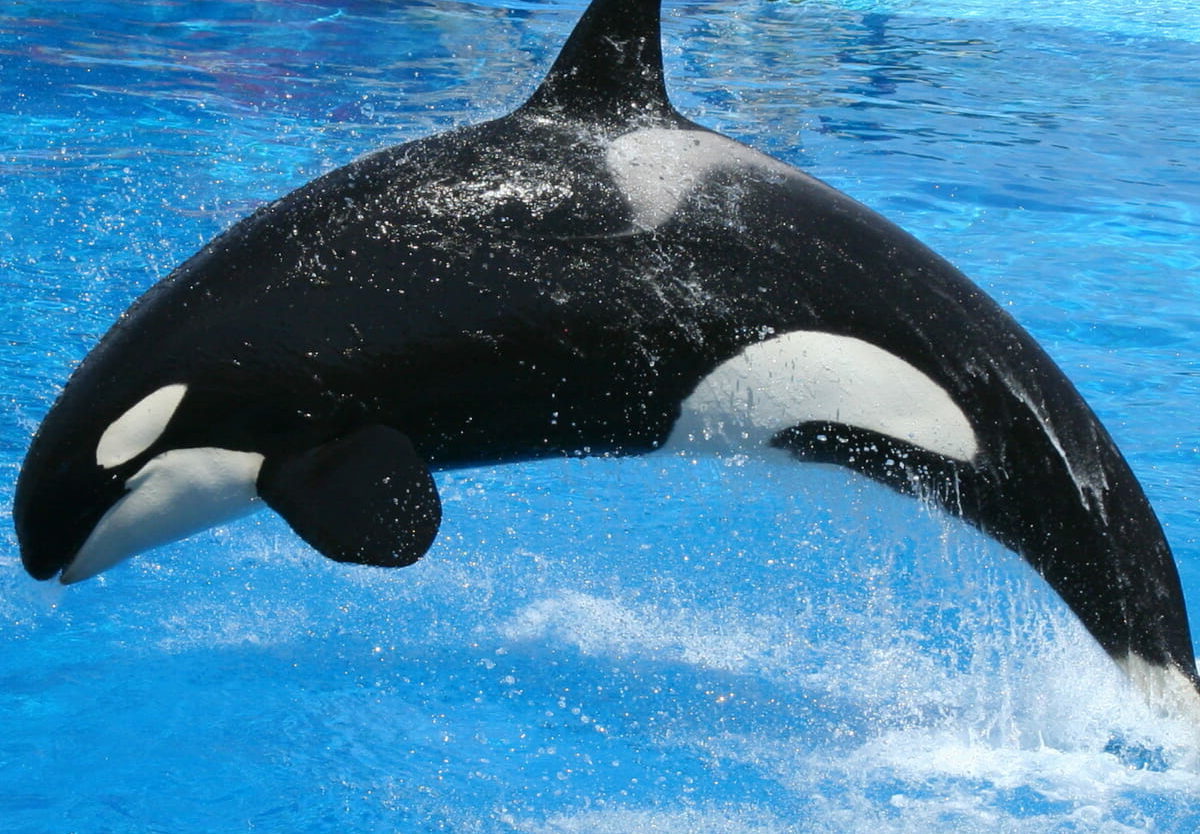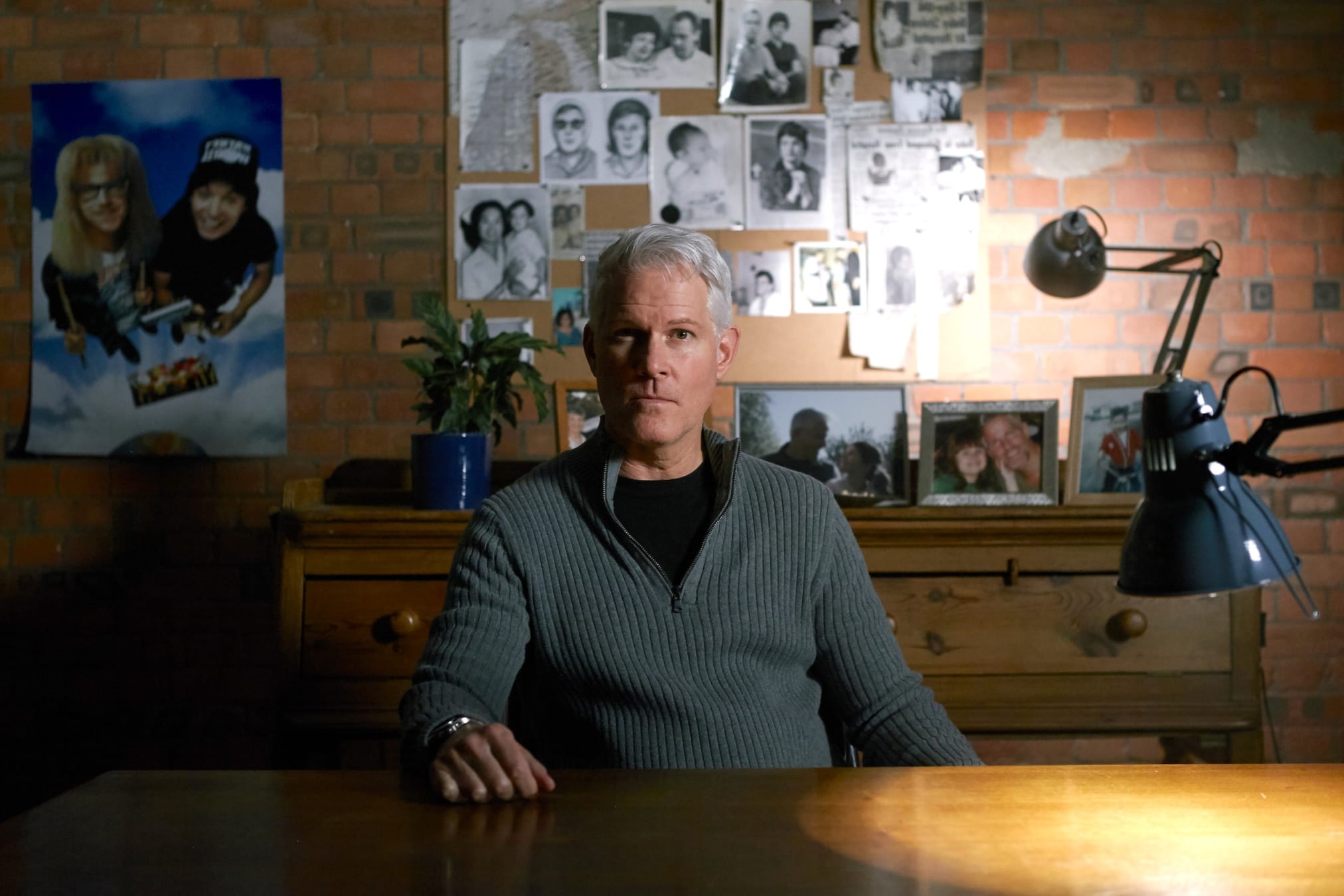
Shamu is a name that has become iconic in marine life entertainment, representing the complex and often controversial world of orcas in captivity. The first Shamu, captured in 1965, was a Southern resident killer whale who quickly became the star attraction at SeaWorld San Diego. Her performances drew massive crowds but also sparked debates about the ethics of keeping such intelligent, social creatures in confined spaces. Over the years, various orcas have taken on the name Shamu, continuing her legacy while also highlighting the ongoing issues surrounding marine animal captivity. This article delves into the history, impact, and ethical considerations of Shamu and her successors.
Key Takeaways:
- Shamu, the iconic orca, had a controversial career at SeaWorld, leading to public backlash and the end of killer whale breeding programs. The mistreatment of orcas in captivity has sparked calls for more humane alternatives.
- Killer whales, also known as orcas, are highly social creatures with complex family dynamics. They face numerous challenges in captivity, leading to public outcry and a push for more natural environments like coastal sanctuaries.
The First Shamu: A Captive Killer Whale
Shamu, the name that became synonymous with SeaWorld, started with a single orca. Her story is both fascinating and controversial.
- The first Shamu was a Southern resident killer whale captured in October 1965 by Ted Griffin off Penn Cove, Puget Sound, Washington.
- She was named "Shamu," meaning 'Friend of Namu,' after her companion, Namu, at Griffin's Seattle public aquarium.
- Shamu was a young, 14-foot-long, 2000-pound orca when captured.
- She was sold to SeaWorld San Diego in December 1965, becoming the main attraction in the park's early shows.
Performing at SeaWorld
Shamu's performances were a significant part of SeaWorld's early success, but they were not without controversy.
- Shamu's shows helped establish SeaWorld as a major marine life attraction.
- She was the first intentional live capture of a healthy killer whale.
- Her performances were known for their excitement but also for her erratic behavior.
- Shamu once attacked people who wore ordinary bathing suits, leading to safety concerns.
Incident Leading to Retirement
Shamu's career ended abruptly due to a tragic incident.
- On April 19, 1971, Shamu bit the legs and hips of Anne Eckis, a SeaWorld employee.
- This incident led to Shamu's retirement from performing.
- She died about four months later, on August 16, 1971, at an estimated age of six years old.
Legacy of Shamu
Even after her death, Shamu's name continued to be used, creating a lasting legacy.
- The name Shamu continued to be used for different killer whales in various SeaWorld parks.
- This practice has been criticized for perpetuating the exploitation of orcas for entertainment.
- Despite the controversy, the name Shamu remains iconic in marine life entertainment.
Shamu in Popular Culture
Shamu's influence extended beyond SeaWorld, making appearances in various forms of media.
- Shamu has appeared in films and documentaries, symbolizing the complex relationship between humans and marine animals.
- The 2013 documentary "Blackfish" highlighted the mistreatment of orcas in captivity, focusing on Tilikum, another SeaWorld orca.
Scientific Name and Classification
Understanding Shamu also involves knowing more about killer whales in general.
- The scientific name for the killer whale is Orcinus orca.
- Despite its name, the killer whale is actually a dolphin, the largest in the family Delphinidae.
Size and Weight
Killer whales are known for their impressive size and strength.
- Killer whales can grow up to 32 feet long and weigh as much as 22,000 pounds.
- Males are generally larger than females, with males reaching lengths of up to 30 feet and weighing up to 12,000 pounds.
Lifespan
Killer whales have long lifespans, especially in the wild.
- Some killer whales live over 90 years.
- Females typically live longer than males, reproducing once they reach their fifteenth year and giving birth every three to five years until about forty years old.
Social Structure
Orcas are highly social creatures with complex family dynamics.
- Orcas live in family groups called pods, which can have up to 50 members.
- These pods are made up of related mothers and their descendants, known as matrilines.
- A male orca will stay with its mother for life, while females often form long-lasting bonds with each other.
Diet
Killer whales are apex predators with a diverse diet.
- They feed on a variety of prey including fish, seals, sea lions, sharks, rays, squid, crabs, lobsters, and even other marine mammals.
Migration Patterns
Orcas have varied migration patterns depending on their needs and food availability.
- Some killer whales live in one area all year round, while others migrate or move from one area to another.
Diving Abilities
Killer whales are skilled divers with impressive underwater capabilities.
- They can hold their breath for up to 13 minutes while diving in shallow water.
- In ocean dives, they can dive as deep as 767.5 meters and stay submerged for up to 15 minutes.
Captivity Issues
Killer whales in captivity face numerous challenges and health issues.
- Captive orcas often suffer from sunburns due to shallow tanks.
- Some orcas currently at SeaWorld were kidnapped from their ocean homes.
- The capturing of orcas has been marred by violence, including the killing of Shamu's mother during her capture.
Public Backlash and Controversy
The treatment of orcas in captivity has led to significant public backlash.
- The documentary "Blackfish" in 2013 created a significant public backlash against SeaWorld, leading to a decline in attendance and the announcement by SeaWorld in 2016 to end its killer whale breeding program.
Alternatives to Captivity
There are more humane alternatives to keeping orcas in captivity.
- Coastal sanctuaries could provide orcas with a more natural environment, allowing them to engage in natural behaviors and interact with their wild relatives.
Shamu's Legacy and the Future of Orcas in Captivity
Shamu's story highlights the complex relationship between humans and marine life. Her capture in 1965 marked the beginning of a controversial era in marine entertainment. While Shamu's performances brought fame to SeaWorld, they also sparked debates about the ethics of keeping orcas in captivity. The 2013 documentary "Blackfish" intensified these discussions, leading to public backlash and changes in SeaWorld's practices. Despite the educational value of observing orcas up close, the physical and emotional toll on these intelligent creatures is undeniable. Coastal sanctuaries offer a more humane alternative, allowing orcas to live in environments closer to their natural habitats. Public awareness and action can drive change, ensuring that future generations of orcas experience a life of dignity and freedom. Shamu's legacy serves as a reminder of the need for ethical treatment of all marine animals.
Frequently Asked Questions
Was this page helpful?
Our commitment to delivering trustworthy and engaging content is at the heart of what we do. Each fact on our site is contributed by real users like you, bringing a wealth of diverse insights and information. To ensure the highest standards of accuracy and reliability, our dedicated editors meticulously review each submission. This process guarantees that the facts we share are not only fascinating but also credible. Trust in our commitment to quality and authenticity as you explore and learn with us.


